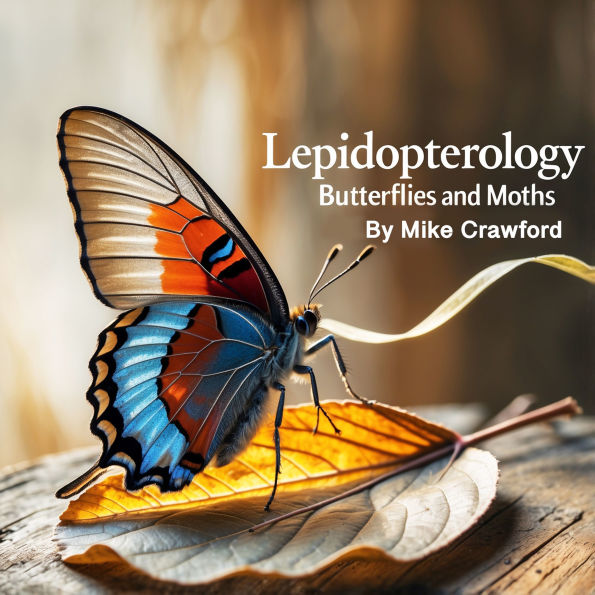Lepidopterology is the branch of entomology dedicated to the study of butterflies and moths, which together make up the order Lepidoptera. This field examines their anatomy, behavior, life cycles, ecological roles, and evolutionary history. Scientists and enthusiasts alike have contributed to a growing body of knowledge that enhances our understanding of these fascinating insects and their importance in ecosystems.
The study of Lepidoptera dates back centuries, with early naturalists documenting species variations and their transformations. One of the earliest references comes from Aristotle, who noted the metamorphosis of caterpillars into winged adults. In the 17th and 18th centuries, scientific classification systems began to take shape, with Carolus Linnaeus organizing butterflies and moths within his broader taxonomy of life. As entomology advanced, researchers uncovered more details about their lifespans, migration patterns, and interactions with other species.
Beyond taxonomy, lepidopterology explores the critical role butterflies and moths play in the environment. Many species serve as pollinators, aiding in the reproduction of flowering plants. Their presence in an ecosystem can also indicate environmental health, as they are highly sensitive to habitat changes and climate fluctuations. Conservationists rely on butterfly and moth populations to assess biodiversity and detect ecological imbalances caused by deforestation, pollution, or climate change.
Lepidopterology is the branch of entomology dedicated to the study of butterflies and moths, which together make up the order Lepidoptera. This field examines their anatomy, behavior, life cycles, ecological roles, and evolutionary history. Scientists and enthusiasts alike have contributed to a growing body of knowledge that enhances our understanding of these fascinating insects and their importance in ecosystems.
The study of Lepidoptera dates back centuries, with early naturalists documenting species variations and their transformations. One of the earliest references comes from Aristotle, who noted the metamorphosis of caterpillars into winged adults. In the 17th and 18th centuries, scientific classification systems began to take shape, with Carolus Linnaeus organizing butterflies and moths within his broader taxonomy of life. As entomology advanced, researchers uncovered more details about their lifespans, migration patterns, and interactions with other species.
Beyond taxonomy, lepidopterology explores the critical role butterflies and moths play in the environment. Many species serve as pollinators, aiding in the reproduction of flowering plants. Their presence in an ecosystem can also indicate environmental health, as they are highly sensitive to habitat changes and climate fluctuations. Conservationists rely on butterfly and moth populations to assess biodiversity and detect ecological imbalances caused by deforestation, pollution, or climate change.

Lepidopterology: Butterflies and Moths

Lepidopterology: Butterflies and Moths
FREE
with a B&N Audiobooks Subscription

Product Details
| BN ID: | 2940194115983 |
|---|---|
| Publisher: | Ron Carver LLC |
| Publication date: | 03/05/2025 |
| Edition description: | Unabridged |
Videos

